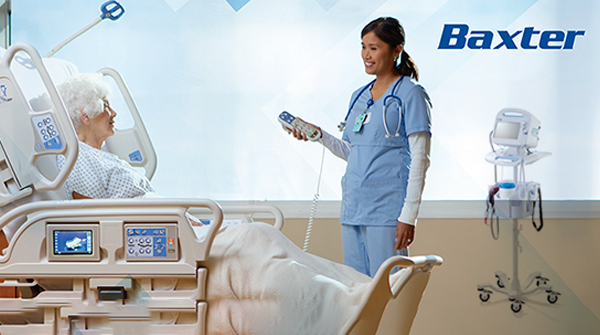Cardiovascular Systems, Inc. Enrolls First Patient in Japan for Kaizen Clinical Study
12 January 2023
Cardiovascular Systems, Inc.a medical device company developing and commercializing innovative interventional treatment systems for patients with peripheral and coronary artery disease, announced today the company has initiated the KAIZEN clinical study of its Diamondback 360© Peripheral Orbital Atherectomy System (OAS) for the treatment of calcified plaque in patients with peripheral artery disease (PAD). The study is intended to support regulatory approval in Japan.
The first KZEN patient was enrolled by Tatsuya Nakama, M.D., Vice Director, Department of Cardiology, Tokyo Bay Urayasu Ichikawa Medical Center.
Dr. Nakama said, “I felt that the Diamondback 360© Peripheral OAS offered both effective treatment and ease of use. I was able to observe significant vessel compliance change, which permitted satisfactory balloon expansion at low pressure. Additionally, I felt that minimal distal embolism compared to other devices throughout the procedure was greatly comforting. I look forward to further evaluation of the device, but believe it will be seen as a highly welcomed tool in the battle against calcified vessels.”
The Diamondback 360© Peripheral OAS is a minimally invasive, single-use, catheter-based device that is uniquely designed to differentiate between hard, diseased plaque and healthy, compliant arterial tissue. The OAS orbiting crown reduces and modifies calcified plaque while preserving the healthy vessel wall in order to restore blood flow.2,3,4
KAIZEN is a prospective, single-arm, multi-center study led by Hiroyoshi Yokoi, M.D., Interventional Cardiologist, Director of the Cardiovascular Medicine Center and Director, Fukuoka Sanno Hospital. The study is designed to evaluate the safety and efficacy of CSI’s Diamondback 360© Peripheral OAS in the treatment of de novo symptomatic calcified occlusive atherosclerotic lesions in the superficial femoral artery and/or popliteal artery. OAS has demonstrated safety and efficacy in the U.S. population and this study is designed to confirm this in Japan. The study is expected to enroll up to 100 subjects at up to 12 study sites.
Dr. Yokoi said, “Severely calcified peripheral vessels continue to be a significant challenge for both patient and caregiver, and the need for new treatment devices is greater than ever. I believe the Diamondback 360© Peripheral OAS has great potential for this underserved patient population, and I look forward to evaluating it in Japan. In addition, the high use of imaging by practitioners in Japan will provide greater insight into lesion morphology, and I am confident that this will also help us optimize treatment and safety using OAS.”
PAD is due to accumulation of plaque in the peripheral arteries (atherosclerosis). PAD complexity increases as atherosclerotic plaques become more calcified.1 Numerous endovascular treatments are available, such as balloons and stents to restore blood flow in blocked arteries. However, calcified lesions are more difficult to treat during these procedures, leading to decreased balloon and stent success and higher procedural complication rates.1
Scott R. Ward, CSI’s Chairman, President and Chief Executive Officer, said, “We look forward to completing KAIZEN and working with the investigators and regulators so that we may offer peripheral OAS therapy to physicians in Japan.”
Source:businesswire.com

